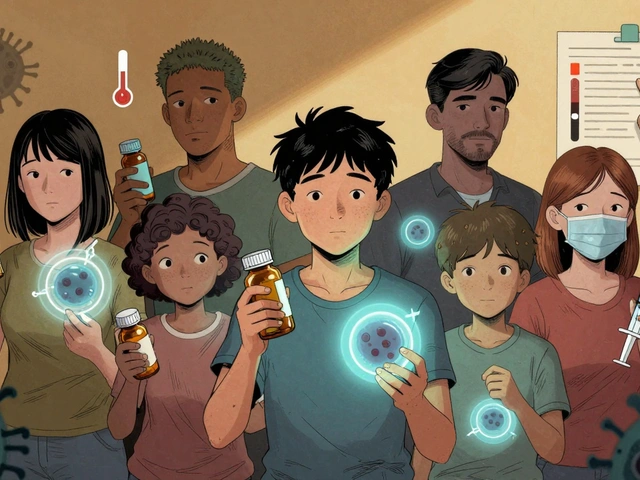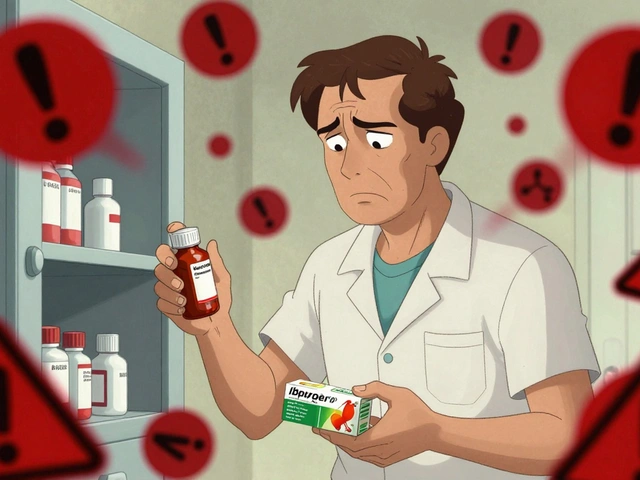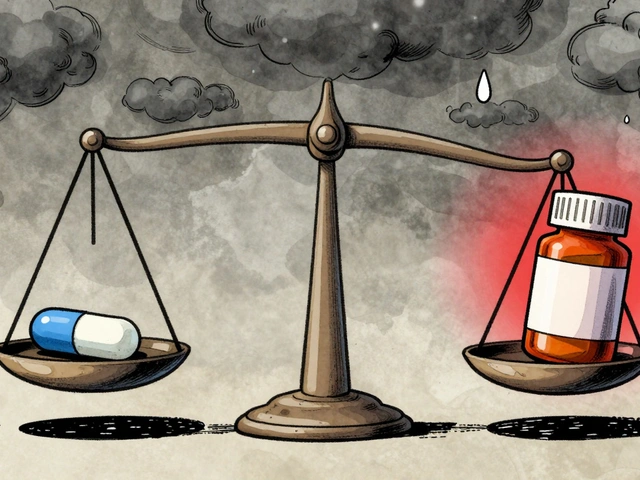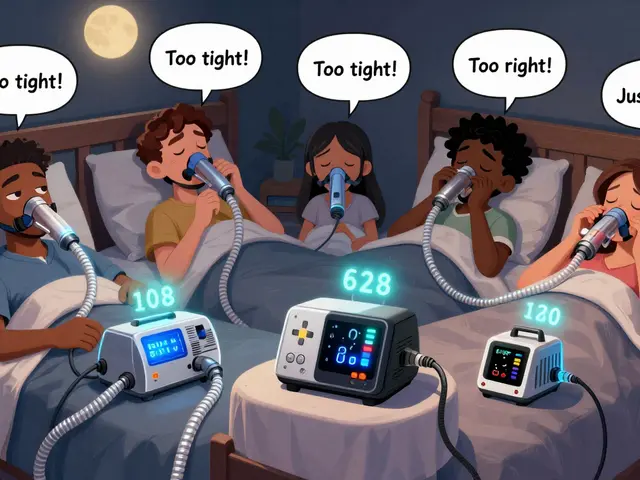Tinea versicolor: how to spot it and get rid of it
That pale, brown, or pink patch on your chest or back that won’t tan with the rest of your skin? Most likely tinea versicolor. It’s a common yeast infection of the skin caused by Malassezia species. It’s not dangerous, but it’s stubborn and often comes back. You can treat it at home or with a doctor’s help — and you can cut the chance it returns.
Quick ID & causes
Tinea versicolor shows as small scaly spots that can merge into larger patches. Colors vary — lighter or darker than surrounding skin, pink, tan, or brown. It often appears on the upper chest, back, neck, and shoulders. It may itch a little, but many people don’t notice any discomfort.
Why it happens: Malassezia is a yeast that lives normally on skin. It overgrows when conditions favor it — hot, humid weather, oily skin, heavy sweating, or weakened immunity. Hormone changes and some skin oils can help it spread. That’s why you often see outbreaks in summer.
Want a quick test? A doctor can scrape a bit of skin and check under a microscope with KOH. The lab picture often shows a mix of short hyphae and round spores — sometimes called a "spaghetti and meatballs" look.
Treatment and prevention
Start with over-the-counter options. Shampoos with ketoconazole 2%, selenium sulfide 2.5%, or zinc pyrithione can work well. Use them as a body wash: lather, leave on for 3–5 minutes, then rinse. Do that once daily for 1–2 weeks. For mild cases, this often clears the patches.
If patches are widespread or keep coming back, see a doctor. They may prescribe oral antifungals like fluconazole or itraconazole. A common approach is fluconazole 150–300 mg once weekly for 2–4 weeks or itraconazole at short course doses. These drugs are effective but need medical supervision for side effects and interactions.
Prevention tips that actually help: keep skin dry, avoid tight synthetic clothes in hot weather, change sweaty clothes quickly, and use a medicated shampoo once every 1–2 months if you’ve had repeat episodes. Antifungal powders can reduce moisture in shoes and clothing. Also use sunscreen — sun makes the contrast between infected and healthy skin more obvious.
See a doctor sooner if the rash is widespread, very itchy, doesn’t improve with OTC treatments, or you have a weakened immune system. For most people, treatment clears the yeast quickly but skin color may take weeks or months to even out. Stick with the plan and follow simple prevention steps to keep it away longer.
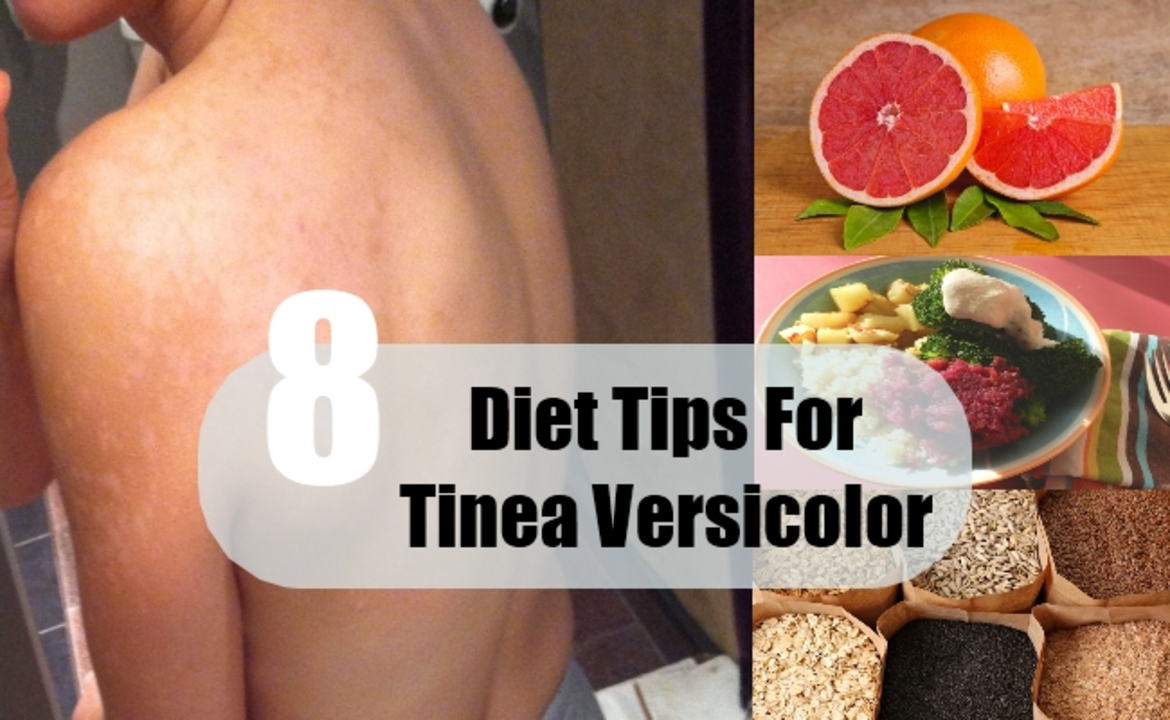
Fluconazole for Tinea Versicolor: Symptoms, Treatment, and Prevention
As someone who has experienced Tinea Versicolor, I can attest that Fluconazole can be a highly effective treatment option. This antifungal medication not only alleviates the symptoms like itching and discoloration, but also targets the root cause of the condition. It's important to follow your doctor's recommendations when using Fluconazole, as they will prescribe the appropriate dosage and duration for your specific case. To prevent future outbreaks of Tinea Versicolor, it's crucial to maintain good hygiene practices and avoid excessive sweating. In conclusion, Fluconazole has been a game-changer for me in treating and managing Tinea Versicolor, helping me regain my confidence and enjoy life without constantly worrying about my skin.
View More
